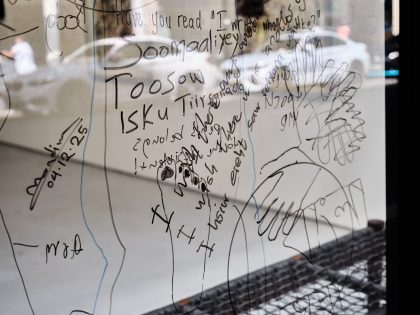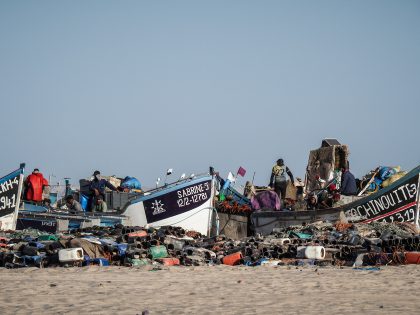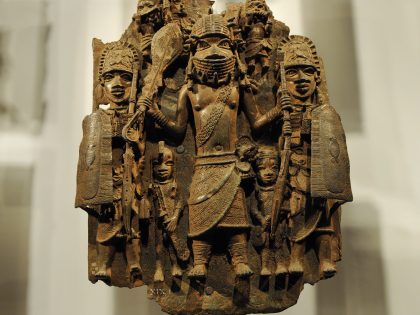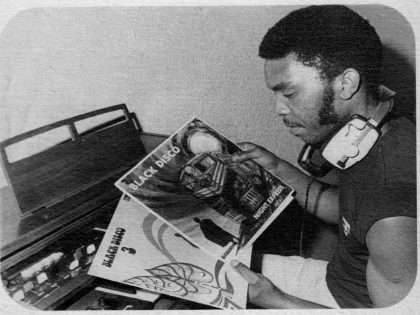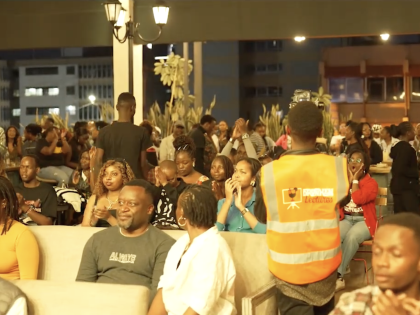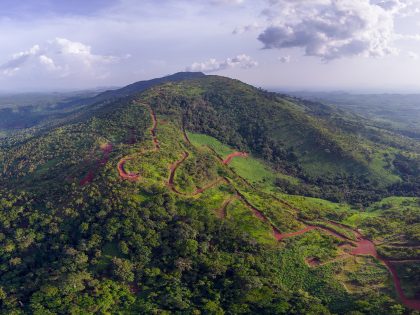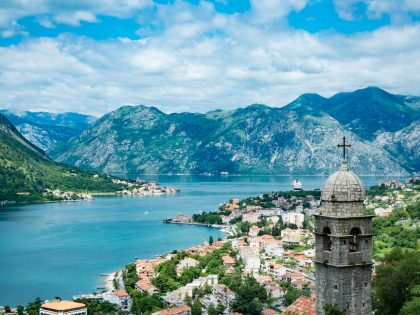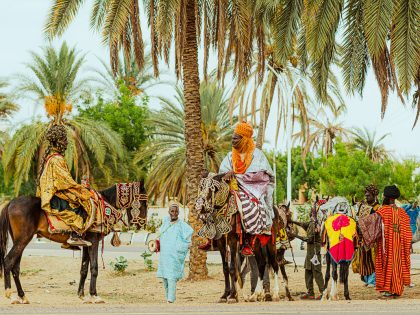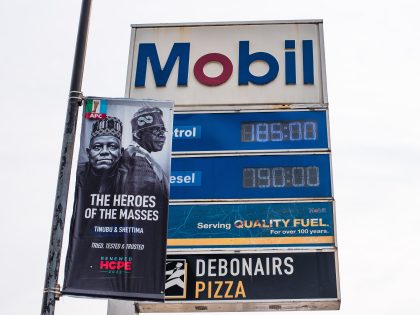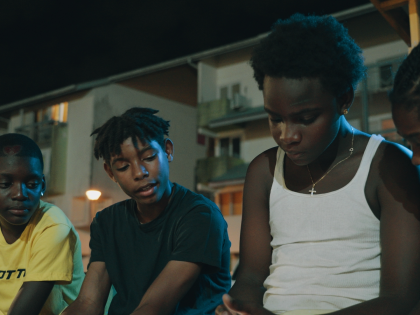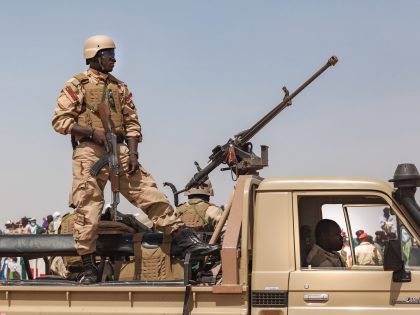Coca-Cola can’t copyright colour: the art of Sokari Douglas Camp

“Coca-Cola Bird” (pictured) stands facing the corner of the gallery, half-turned towards us in surprise or exhibition, oily red paint spun across the bucket cocked over her head, the same brash colour on the feathered tutu winding around her waist. Her chest sprouts sparkling empty bottles bearing the famous label, and familiar labial body.
The work seems to speak to the soft drinks company’s attempts to nourish Africa with its addictive drinks and, more importantly, message of spiritual community through global consumer capitalism. I’m also reminded of Edgar Degas’ Little Dancer, Aged Fourteen, though this burnished and rough-hewn steel figure clearly rejects the sexualised gaze that figure seems to solicit.
‘It’s Personal’, a new exhibition of work by Sokari Douglas-Camp is on display at Tiwani Contemporary, in London. The Nigerian-British artist is well known for her sculptures in steel, and her public works: in particular, the bus she designed as a “living memorial” to Ken Saro-Wiwa.
As the artist comments in this brief BBC radio feature, the works explore a painful moment for the late middle aged female body, with sculptures of the female body wrought in steel adorned with uncomfortable apendages (tin cans, buckets, bottles). These embodiments, the artist explains, are efforts to exorcise the evil spirits.
‘Middle Age, Middle Rage’, the paint-on-steel triptych (above) of the artist and her husband as a the young man and woman they were when they married (right and left panel) and as now (centre panel) repeat this concern with an angry intensity. Here the red strip through their face is not rage or Coca-Cola but (according to the gallery) a reference to her husband’s football team (Arsenal, naturally), and a joke about her husband’s fervent love for the north London side, coursing through the middle of their marriage.
The exhibition is open until late May; see the Tiwani website for news on their forthcoming schedule of events and talks.
